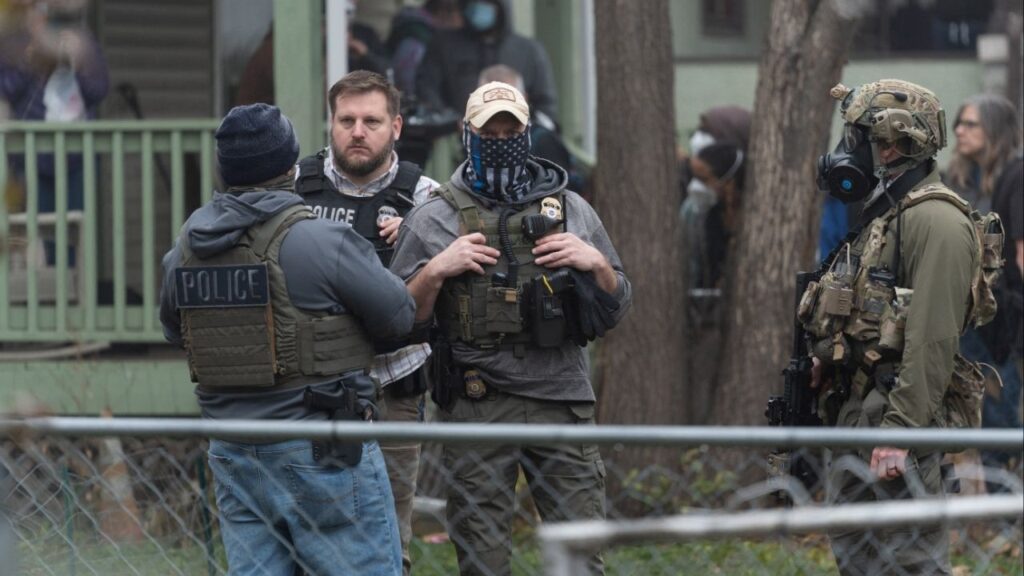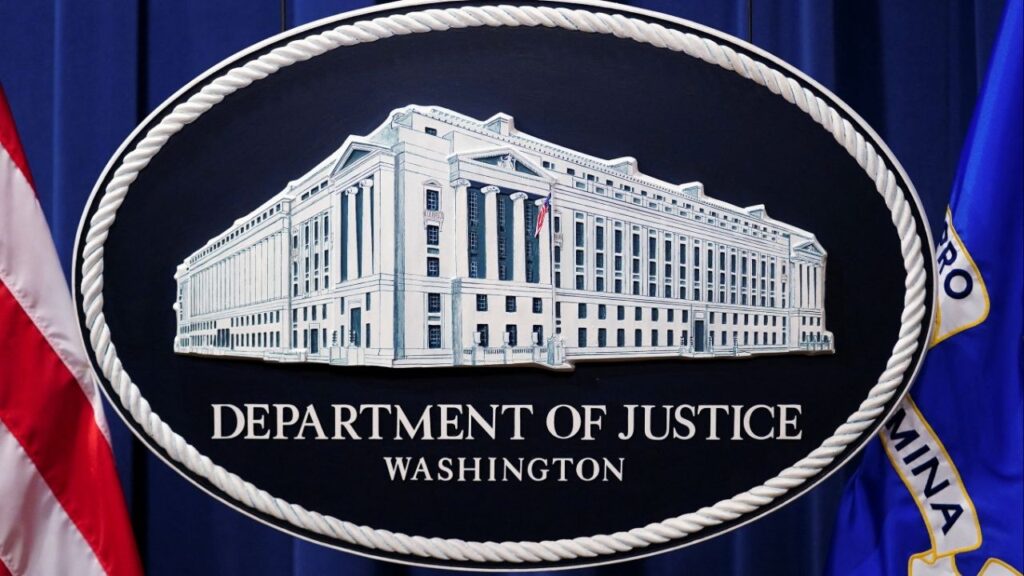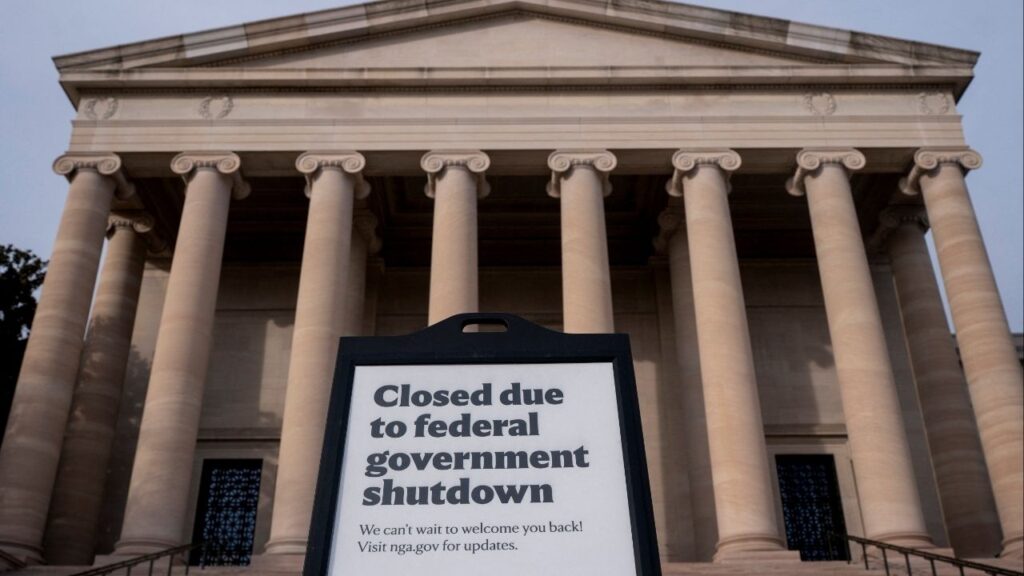The funding Valley Children's provides for community benefits falls short of other California children's hospitals. (GV Wire File)

- The Community Benefits Fund from Valley Children's Hospital falls short of other children's hospitals.
- A year after the executive team received more than $20 million in pay, the benefits fund was less than $17 million.
- Hospitals have room to make up in making charity care options available to patients who qualify, one attorney says.
Share
As news comes out about Valley Children’s Hospital’s high rate of executive pay, an examination of public records reveals the hospital’s community benefit fund lags other children’s hospitals.
The IRS and hospitals have an understanding. In 2020, an estimated $28 billion in taxes were exempted from nonprofit hospitals, according to Kaiser Family Foundation.
Instead of paying millions of dollars in taxes, state and federal governments require nonprofit hospitals to keep a community benefit fund.
The government knows that hospitals take major losses from patients who can’t pay for their services. Hospitals also provide other services pro bono such as education courses and research.
That can cover anything from health education to scholarships to research grants. Most traditional hospitals send a lion’s share of their community benefits to cover hospital bills for those who can’t pay — called charity care and unreimbursed care.
Valley Children Had a 2% Community Benefit Fund in 2022
In 2022, Valley Children’s entire community benefit fund came in just under $17 million, according to its report filed with the California Department of Health Care Access and Information. That was only 2% of the hospital’s expenses.
That same year, Children’s Hospital Los Angeles spent $440 million on its community benefit fund, or 31% of its expenses. Children’s Hospital Orange County’s $143 million community benefit made up 18% of its expenses.
Rady Children’s Hospital in San Diego spent $85.6 million on its 2022 community benefit fund, or 8.8% of expenses.
For comparison purposes, in 2021, Valley Children’s administrative pay exceeded $20 million and CEO Todd Suntrapak made $5.1 million. That same year, Valley Children’s community benefit fell more in line with other hospitals — its $80 million CBF making up 10.32% of expenses.
But in 2020 the CBF was $12.6 million, or 1.83% of expenses.
Vintage Foster, president of AMF Media Group, a third-party representative for Valley Children’s, said the hospital’s benefit fund was in line with other hospitals.
Foster provided community benefit numbers showing the net community benefit was 13.87% of expenses in fiscal 2021 and 9.88% in fiscal 2020. However, those figures didn’t line up with IRS 990 reports or the hospital’s reported community benefit fund.
Questions to Valley Children’s and Foster to clarify these discrepancies were not answered.

Related Story: Records Show That Valley Children’s Leader Suntrapak’s Pay Exceeds ...
Affordable Care Act Doesn’t Cover Everyone: Western Center for Poverty and Law
A majority of hospital community benefits typically go toward unpaid medical debts.
Of the $269 million community benefit fund from Fresno-based Community Health Systems in 2022, $213 million covered what government-funded insurance didn’t, according to the medical group’s report. The hospital system that year also provided $15 million in charity care.
Children’s hospitals operate differently.
“For Children’s Hospitals, Charity Care trend lower than other hospitals because the percentage of children without health insurance is significantly less than it is for adults,” Foster said.
In contrast, unpaid Medi-Cal costs for Valley Children’s in fiscal year 2022 totaled $85.4 million. Revenue from the California Department of Health Care Service covered the entirety of that cost that year. Charity care totaled $181,952.
But even with the Affordable Care Act, some patients don’t have adequate insurance, said David Kane, an attorney with the Western Center for Poverty and Law.
Western Center and its partners often find patients who should have qualified for charity care.
A Look at Valley Children’s 2022 Community Benefits

California law requires access to discounted or even complete coverage for patients making up to 400% of the federal poverty level. In California, that is $4,530 a month for a single person or $9,250 a month for a family of four.
In 2016, St. Agnes requested the amount of required charity care be lessened as more people received insurance and therefore didn’t need the assistance.
Then-Attorney General Xavier Becerra didn’t buy that argument, saying California hospitals’ reported unpaid debt showed an unfilled need in the community. St. Agnes was required to pay out to nonprofits to make up the difference.
Becerra’s office used the hospital-reported “bad debt” as evidence that even federally mandated insurance wasn’t enough to provide for the needs of the community.
In fiscal 2021, Valley Children’s reported $3.7 million in unpaid medical debt, issuing only $181,952 in charity care, or 5% of unpaid medical debt.
Rady Children’s Hospital reported $17.6 million in unpaid debt on its IRS Form 990. But the charity care it reported topped $3.2 million, or 18%.
Of the four California children’s hospitals examined by GV Wire, Valley Children’s was second in charity care.
In 2021, Children’s Hospital of Orange County reported only $52,716 in charity care and $28.8 million in bad debt.
Children’s Hospital of Los Angeles reported $175,661 in charity care and $36.3 million in bad debt.
Hospitals Don’t Receive Much Oversight Into Charity Care: Kaiser Family Foundation
State and federal governments give nonprofit hospitals a lot of leniency for how they spend the money they would otherwise pay to the IRS. But not total leniency.
Kaiser Family Foundation in 2022 reported that “it is possible that some nonprofit hospitals may not expect significant oversight of their charity care practices from government regulators.”
When patients receive their medical bills, hospitals are supposed to inform patients of applications for charity care, said Kane, the attorney with Western Center Poverty and Law. Kane did not speak about Valley Children’s specifically.
He says charity care programs break down because hospitals aren’t incentivized to inform people of their options.
“It’s not because they don’t have the funding available to provide assistance to people who need it. It’s simply because they haven’t implemented the rules properly to screen people, evaluate them, tell them about, those sorts of things,” Kane said.
And hospitals will actively pursue debt collection on patients who may qualify for charity care. Questions about how many Valley Children’s bills have been sold to debt collection agencies went unanswered by the hospital.
A court search in Fresno and Madera counties for two known local medical debt collection agencies did not show legal action on medical bills originating from Valley Children’s.
“There is still a problem with some hospitals not providing this assistance to people who still need it today,” Kane said.
How Does Valley Children’s Spend Its Community Benefit?
Valley Children’s Community Health Needs Assessment identified access to health care and economic insecurity as two of the greatest barriers to healthy living for the community it serves.
Valley Children’s put $11.2 million toward education and research and $5.4 million toward health education, community health improvement, and other non-billing expenditures.
Valley Children’s spokesperson Zara Arboleda said the money for education supports significant training and education to more than 900 physician residents, medical students, and other health profession students —including nurses, pharmacists, social workers, physical therapists, speech therapists, and others.
The hospital also provides education to community-based providers including private practice physicians and school nurses.
“A significant portion of those funds are needed to have the personnel in place to teach future workforce members and to conduct research,” Arboleda said.
Valley Children’s staff and doctors provide education.
Using cumulative IRS 990 data from 2019 to 2021, Valley Children’s spent the least amount on benefits compared to Rady Children’s and the L.A. and Orange County children’s hospitals.
The $38.9 million spent on benefits such as community health improvement services, education for health professionals, and research only accounted for 1.82% of Valley Children’s expenses for those three years.
Valley Children’s did spend the most of the four hospitals in one area — donations to eligible nonprofits. The two biggest donations were $2.8 million to Valley Children’s Medical Group and $1 million to Valley Children’s Healthcare in 2021.
RELATED TOPICS:
Categories

Venmo Down for Thousands of Users, Downdetector Reports

















